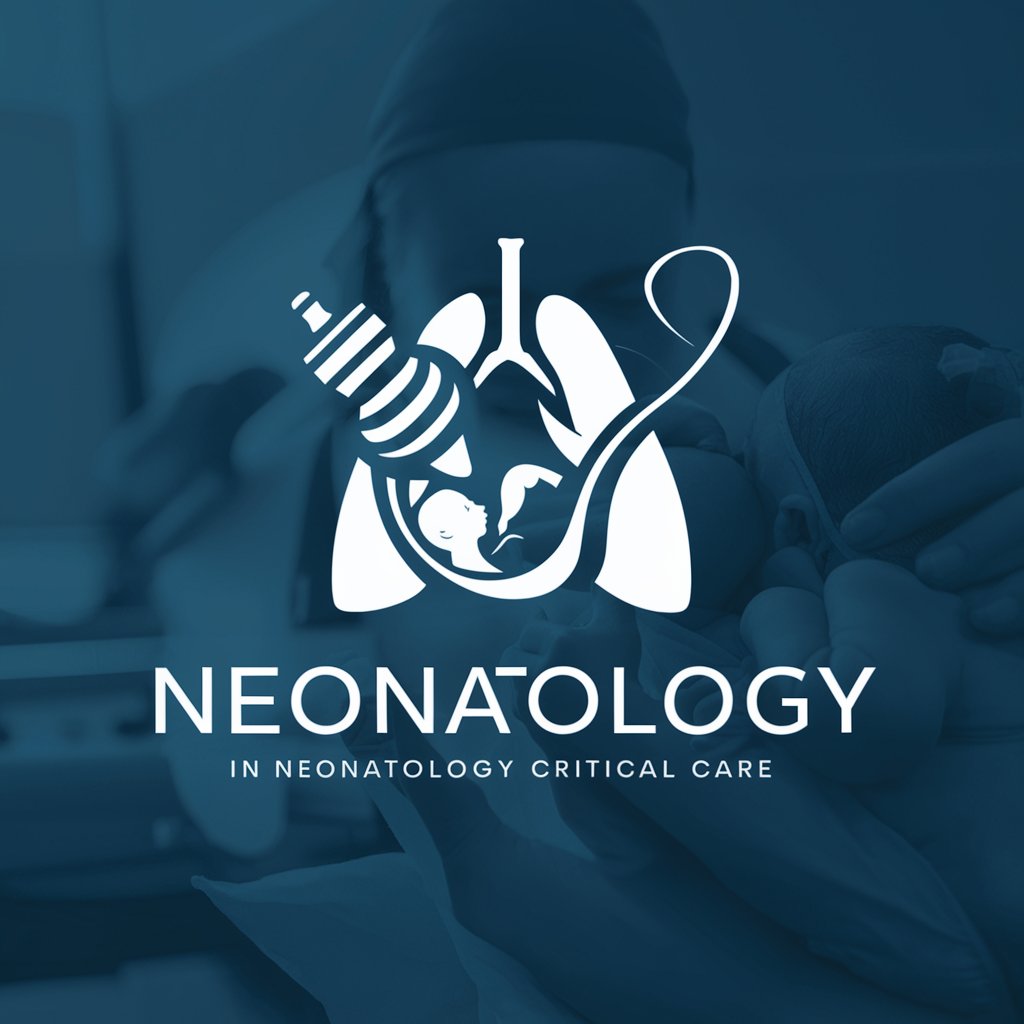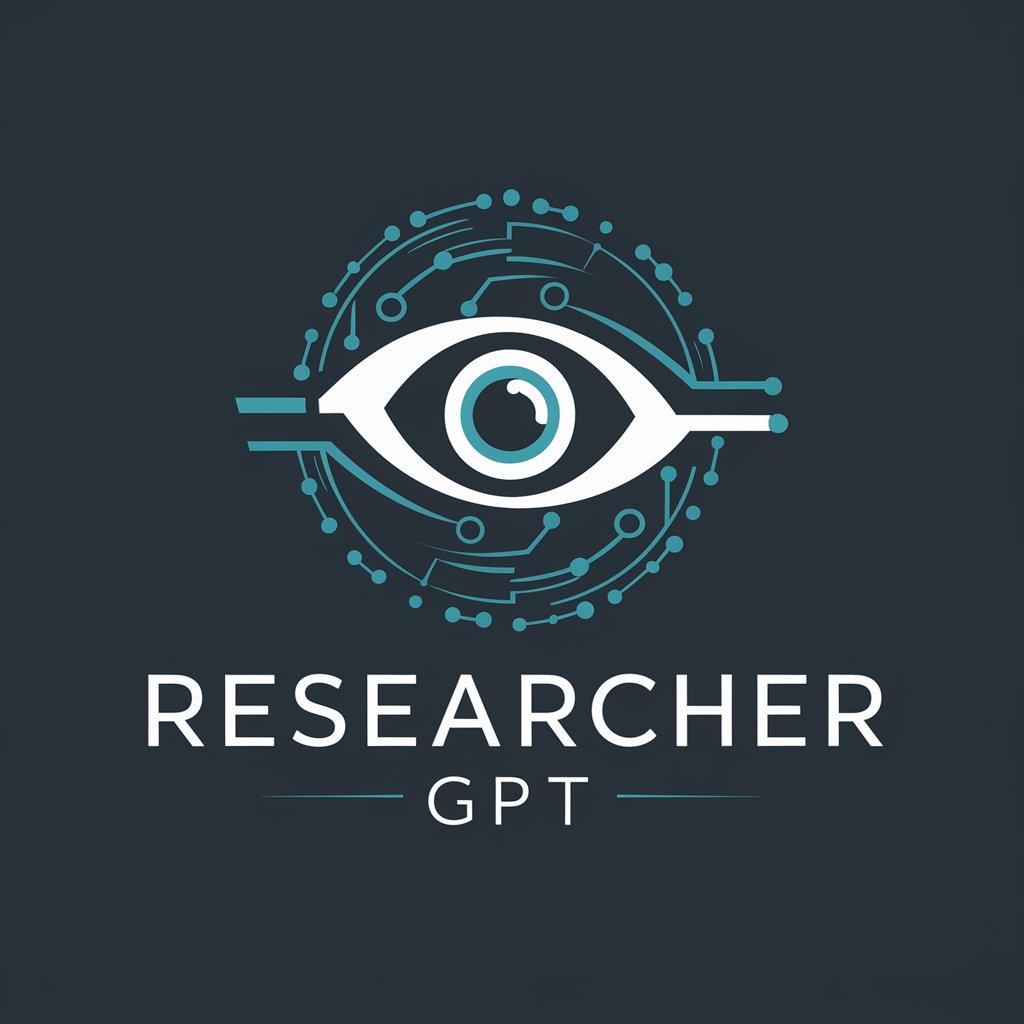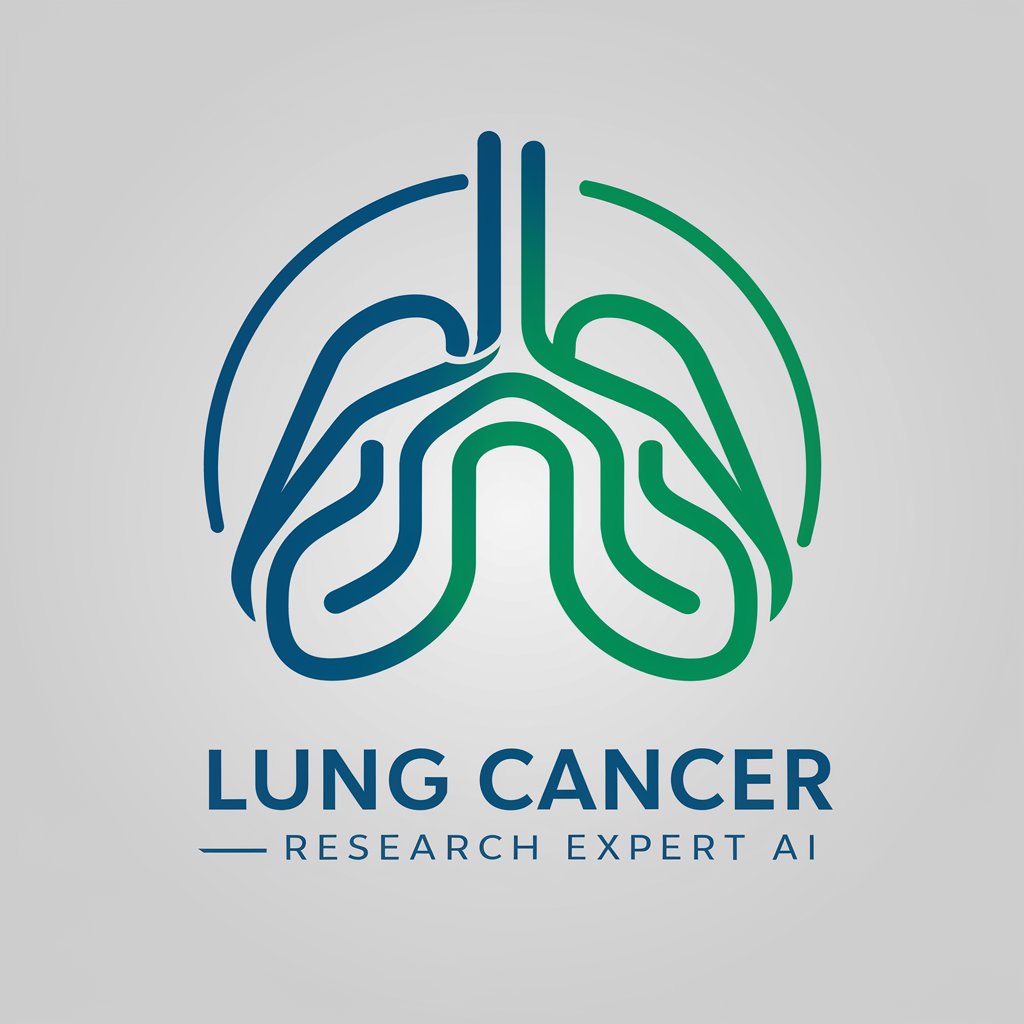Pulmonary Surfactant by Lung Ultrasound - non-invasive lung assessment

Hello, Neonatologist!
AI-powered real-time lung monitoring
Describe the impact of lung ultrasound in diagnosing neonatal RDS.
Explain the procedure of using LUS to guide surfactant therapy.
Summarize the benefits of LUS over traditional chest x-rays for neonates.
Outline the key findings from recent studies on LUS in neonatal care.
Get Embed Code
Pulmonary Surfactant by Lung Ultrasound
Pulmonary Surfactant by Lung Ultrasound (LUS) is a specialized application designed to assist neonatologists in the critical care of premature newborns, particularly in the administration of pulmonary surfactant. This tool leverages the non-invasive, radiation-free technique of lung ultrasonography to assess the neonate's lung condition, aiding in the timely and accurate diagnosis of Respiratory Distress Syndrome (RDS) and guiding surfactant therapy. For instance, LUS can identify characteristic patterns indicative of RDS, such as the 'white lung' appearance, and assess the effectiveness of surfactant administration by observing changes in lung aeration and the presence of B-lines. Powered by ChatGPT-4o。

Main Functions of Pulmonary Surfactant by Lung Ultrasound
Early Diagnosis of RDS
Example
Identifying the 'white lung' appearance and B-lines on LUS within the first 30 minutes after birth
Scenario
Aids in the early recognition of surfactant deficiency, allowing for prompt intervention.
Monitoring Surfactant Effectiveness
Example
Observing the reduction in 'white lung' appearance and B-lines post surfactant administration
Scenario
Helps in assessing the improvement in lung aeration, guiding further treatment decisions.
Guiding Surfactant Administration
Example
Using LUS findings to predict the need for surfactant therapy, especially within the first 2 hours
Scenario
Facilitates the decision-making process for surfactant administration, potentially reducing the need for invasive procedures and minimizing radiation exposure.
Ideal Users of Pulmonary Surfactant by Lung Ultrasound Services
Neonatologists
Specialists in neonatal care who require precise and timely diagnosis of lung conditions in premature newborns to guide surfactant therapy and other interventions.
Neonatal Intensive Care Units (NICUs)
Critical care units that cater to premature newborns with respiratory difficulties, where non-invasive, rapid, and accurate diagnostic tools like LUS are invaluable.
Neonatal Researchers
Researchers studying neonatal respiratory conditions, surfactant therapy, and the applications of lung ultrasound in neonatology.

Using Pulmonary Surfactant by Lung Ultrasound
1
Start with a free trial at yeschat.ai without needing to log in or subscribe to ChatGPT Plus.
2
Ensure the availability of a high-resolution ultrasound machine equipped with a linear probe, as this is critical for lung assessment.
3
Conduct lung ultrasound within the first 30 minutes of life to assess the initial lung condition and surfactant need.
4
Repeat lung ultrasound at 1, 2, 4, and 6 hours after birth to monitor lung aeration and the effectiveness of administered surfactant, if used.
5
Use lung ultrasound findings to guide further surfactant administration decisions, aiming to minimize radiation exposure from traditional x-rays.
Try other advanced and practical GPTs
Visual Genius
Craft Your Brand's Visual Identity

DeutschWise
Empowering your journey with AI-driven German insights.

Asbestos lung
Empowering Creativity with AI

Zen Sketcher
Crafting Nature-Inspired Logos with AI

Researcher
Empowering Research with AI Insight

Russian Elena
Explore Russia through AI-powered storytelling.

貓娃專家
Empowering cat owners with AI-driven insights.

Lung Cancer Research Expert
Empowering lung cancer research with AI

SEO Services
Optimize Your Digital Presence with AI

SEO Optimizer
Elevate Your Site with AI-Powered SEO

SEO Smart
Enhancing SEO with Smart AI

GPTCreator's SEO Tool - English ver
Elevate Your SEO Game with AI

FAQs about Pulmonary Surfactant by Lung Ultrasound
What is the primary benefit of using lung ultrasound in administering surfactant?
Lung ultrasound (LUS) is non-invasive, radiation-free, and provides real-time assessment of lung aeration and surfactant effectiveness, making it superior to traditional methods like chest x-rays.
How accurate is lung ultrasound in predicting the need for surfactant?
Lung ultrasound is highly accurate; studies show that specific ultrasound patterns like 'white lung' can predict surfactant need with near 100% accuracy within the first 2 hours of life.
Can lung ultrasound be used immediately after birth?
Yes, lung ultrasound can be performed within the first 20-30 minutes after birth to assess the neonate's lung status and help in early decision-making regarding surfactant therapy.
What specific findings on lung ultrasound indicate the need for surfactant?
Findings such as a 'white lung' appearance, absence of spared areas, and significant pleural line abnormalities strongly suggest the need for surfactant administration.
Is lung ultrasound reliable throughout the treatment of respiratory distress?
Yes, lung ultrasound is reliable and can be used repeatedly to monitor the progress of treatment and lung aeration without the risks associated with repeated radiation exposure.
